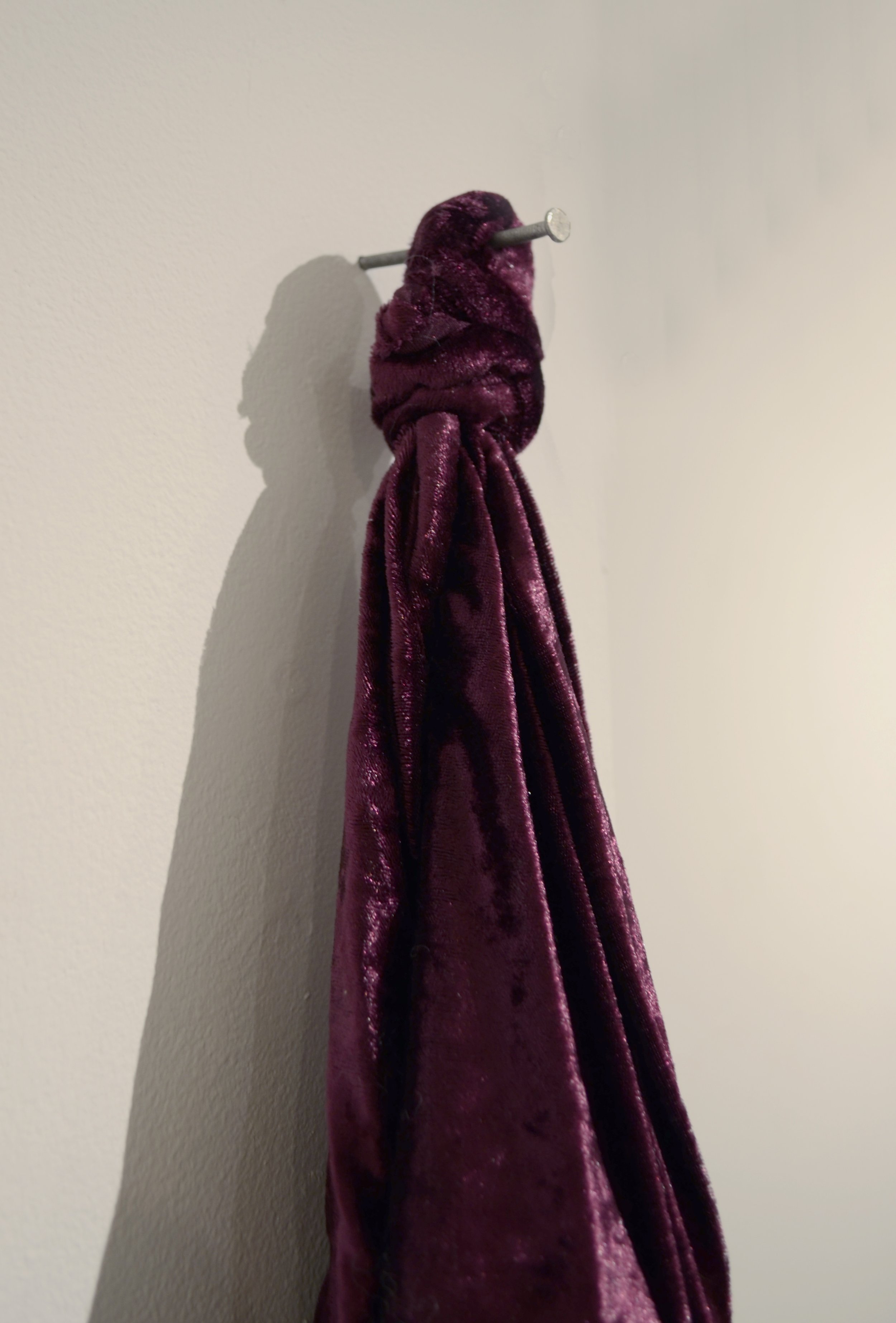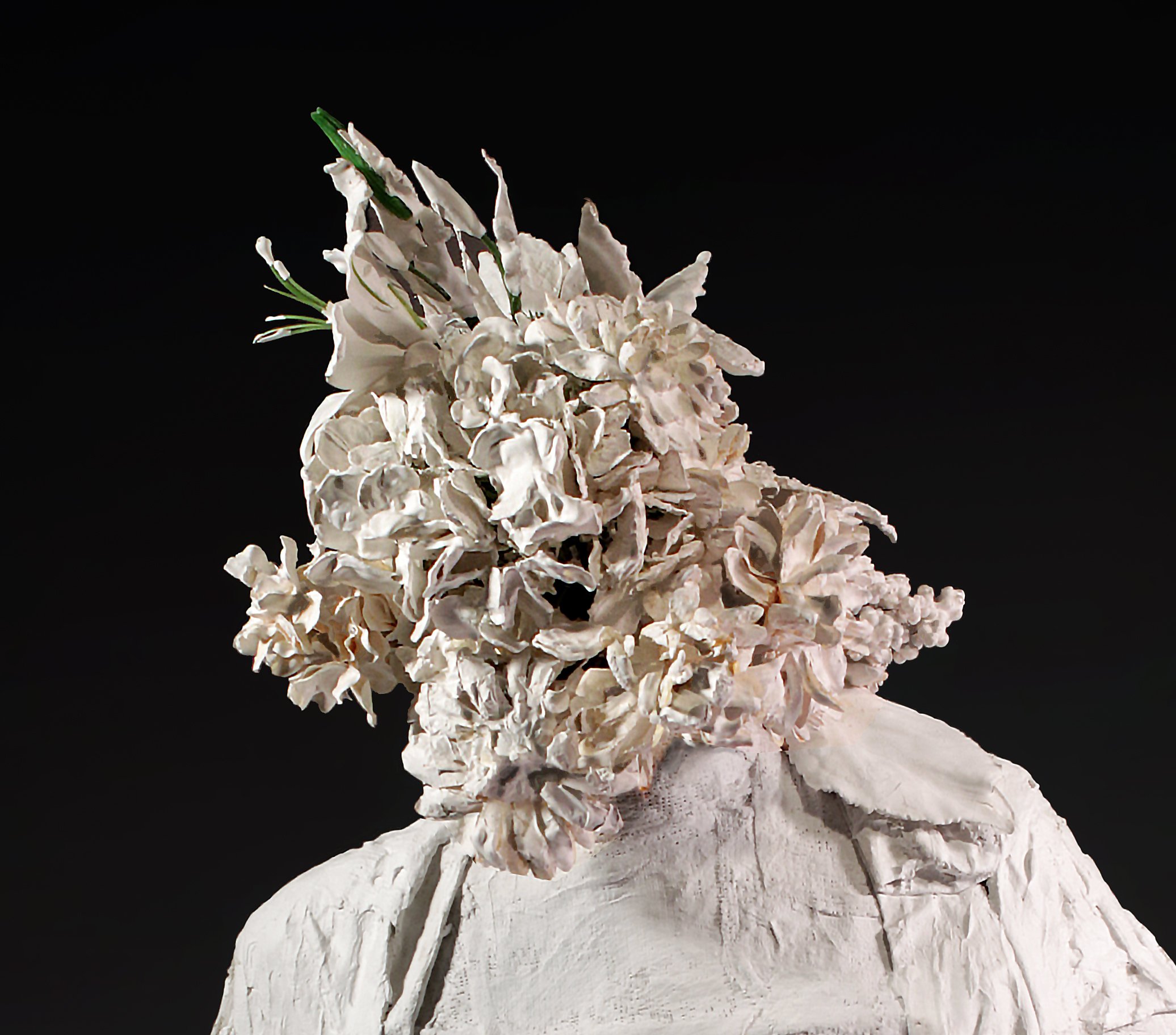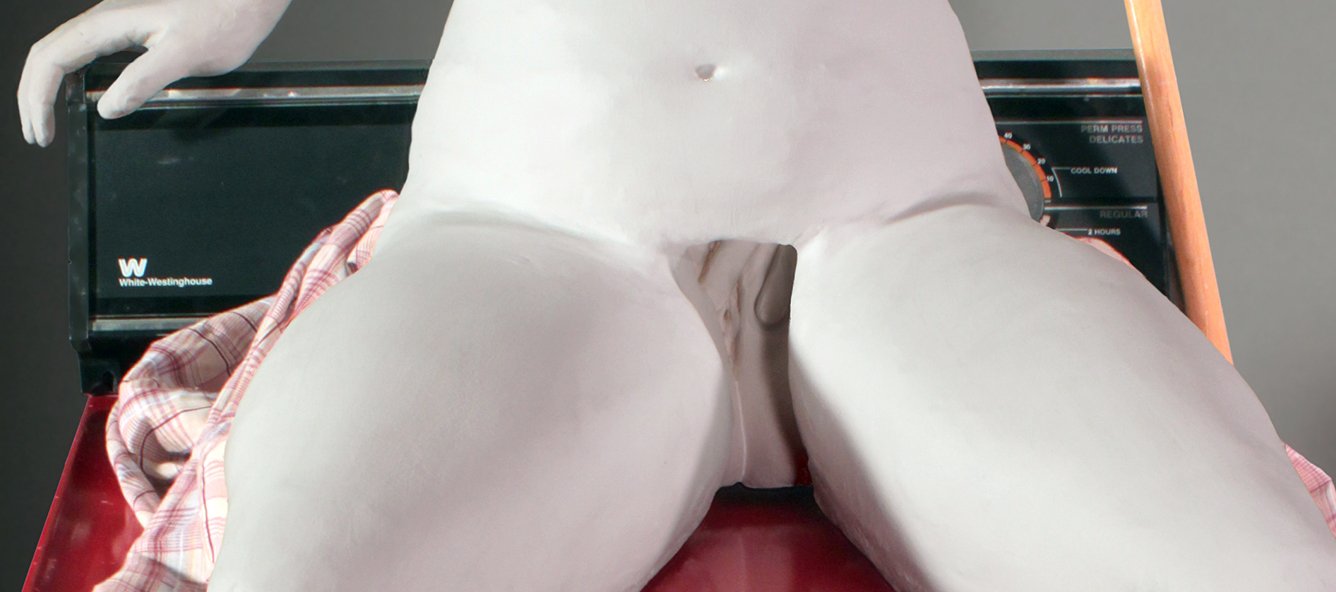
Perception
2020
Perception comprises five identically cast faces representing the senses we use to interact with and understand our reality while highlighting the inherent abstraction of experience. No matter how much we attempt to see through another's eyes, our unique perspective manipulates the seemingly shared sense of reality. Equity and tolerance could be more easily achievable without mindset variations, but our individualism makes us the mystifying animals we are. Our struggle with nonconformity impacts the strength and enlightenment that evolves from resistance to so-called "social norms."
As a queer person who came of age in rural Tennessee, I starved for diversity and drowned in family values and religion. I spent the first decade of my newly discovered sexuality terrified of my queerness. Though I find power in what I have overcome, I remain disjointed from the environment that opposes my existence.
The five faces of Perception stand together to validate our experiences. Though our understandings differ even when similar, they compose the pieces of our distinctive identities, and each time we face misunderstanding, we find an opportunity for introspection and self-actualization.
Burden
Burden is a soft sculpture with an embedded plaster face. It hangs from a single nail, alone in the void of a white wall. This piece conveys the often unseen weight of atypical existences. The sculpture hangs by a thread, quietly occupying space on the outskirts of “acceptable,” desolate. This piece helps to mark the beginning of my investigations of spatial identity.
2020
Equally Human
2016
.
Ornament
2014
Shame?
2014
Shame? looks at gender inequity through the guise of erotic pleasure. This piece speaks specifically to the condemnation of women's sexuality. Perceived promiscuity leads to vilification, while modesty often leads to violence.
This installation depicts a female figure engaged in masturbation atop a washing machine. The context of the piece suggests the sexist notion that women only have value as homemakers, yet the figure overshadows this trope through the rebellious act of self-pleasure.
Shame? expresses the stupidity of sexual criticism and claims sex-positivity as empowerment.
2015
Honey, Sweetie, Sugar.
Honey, Sweetie, Sugar. is a plaster bandage, life-cast, of a female figure meticulously coated in tempered chocolate and doll hair. The materiality of the sweet, indulgent treat, incorporated as the flesh on the body, points to the infantilization and sexualization of women. The juxtaposition of this food item and its embedded hair creates a sense of disgust that confronts the objectifying language used against female-presenting individuals.



















